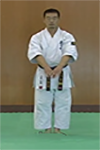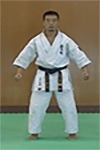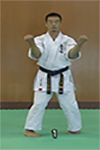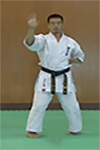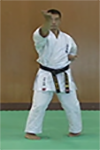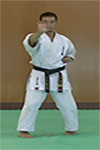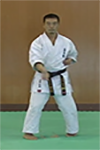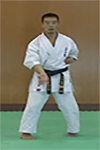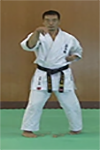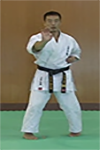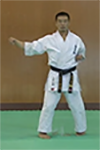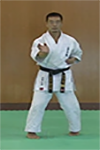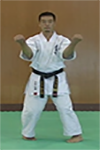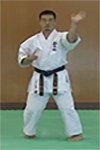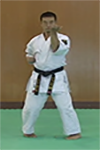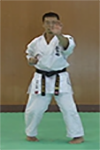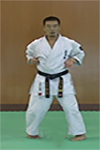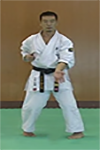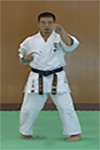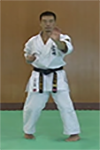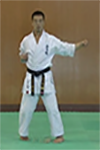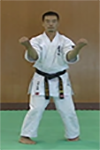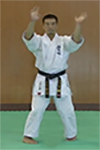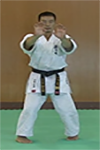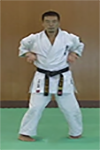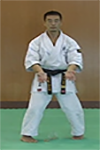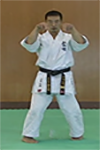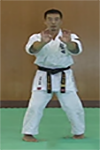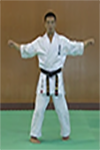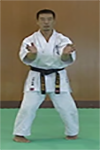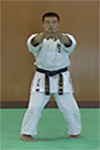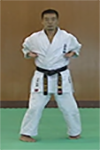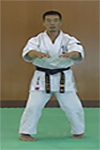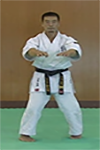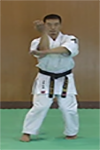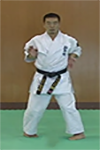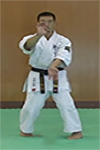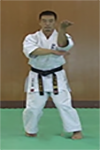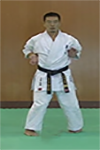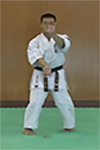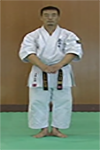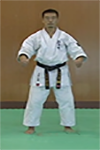Tensho - 転掌
It turns out that, proper breathing and good extensive research of Kata like
Tensho - 転掌
video
instructions
Video
source Youtube
Documentation
Kihon Waza
Dachi Waza
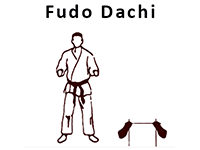 Fudo Dachi
Fudo Dachi
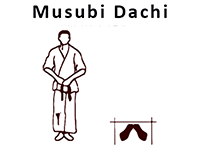 Mosubi Dachi
Mosubi Dachi
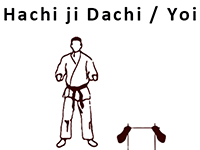 Joi Dachi
Joi Dachi
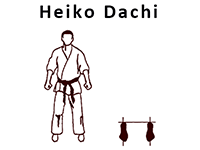 Heiko Dachi
Heiko Dachi
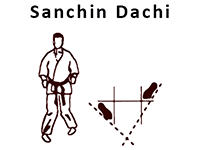 Sanchin Dachi
Sanchin Dachi
Te Waza
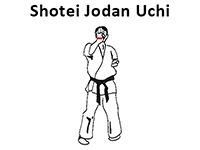 Shotei Jodan Uchi
Shotei Jodan Uchi
 Shuto Hizo Uchi
Shuto Hizo Uchi
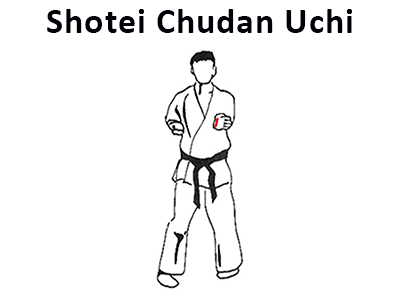 Shotei Chudan Uchi
Shotei Chudan Uchi
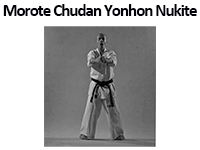 Morote Chudan Yonhon Nukite
Morote Chudan Yonhon Nukite
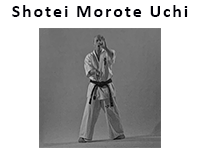 Shotei Morote Uchi
Shotei Morote Uchi
 Shotei Morote Jodan Uchi
Shotei Morote Jodan Uchi
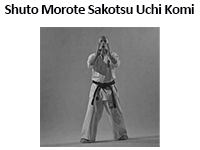 Shuto Morote Hizo Uchi
Shuto Morote Hizo Uchi
 Shuto Morote Sakotsu Uchi Komi
Shuto Morote Sakotsu Uchi Komi
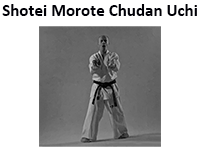 Shotei Morote Chudan Uchi
Shotei Morote Chudan Uchi
 Morote Chudan Yonhon Nukite
Morote Chudan Yonhon Nukite
Uke Waza
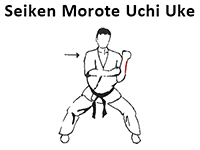 Seiken Morote Uchi Uke
Seiken Morote Uchi Uke
At the inside, start with a right KAKE JODAN UKE, reverse the hand, hooking the outside, with a URA KAKE UKE.Tensho
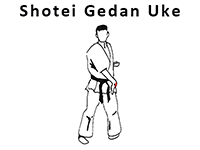 Shotei Gedan Uke
Shotei Gedan Uke
 Koken Jodan Uke
Koken Jodan Uke
 Koken Yoko Chudan Uke
Koken Yoko Chudan Uke
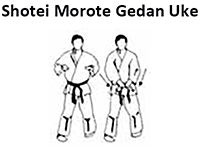 Shotei Morote Gedan Uke
Shotei Morote Gedan Uke
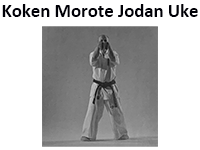 Koken Morote Jodan Uke
Koken Morote Jodan Uke
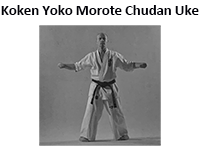 Koken Yoko Morote Gedan Uke
Koken Yoko Morote Gedan Uke
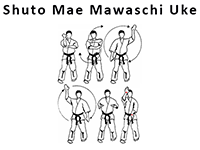 Shuto Mae Mawashi Uke
Shuto Mae Mawashi Uke
Kihon Jutsugo
Kamae - 構え, means posture or base. Kamae is to be differentiated from the word Dachi - 立ち. Dachi refers to the position of the body from the waist down, Kamae refers to the posture of the entire body, as well as encompassing one's mental readiness.Kamae
Mokusō - 黙想, means meditation, part of the training of mushin; the call to meditate.Mokuso
Hajime - 始め, means begin.Hajime
Hikite - 引き手 means drawing hand: Hiku - 引き, to draw or pull, and Te - 手, the hand.Hikite
Ibuki is karate’s hard breathing method. Ibuki breathing is a study of tension, which is necessary to truly understand relaxation. While ibuki breathing serves as a dynamic tension exercise, its true value is ki development, since it teaches the breathing control necessary for kiai. Ibuki breathing is performed in two ways, one long, and one short. Ibuki
Koken upwards, touch the thumb to the ring finger.Tate Koken
Koken sideward, touch the thumb to the middle finger.Yoko no Koken
Naore - 直れ, is a command to go back into the beginning Kamae.Naore
Yasumi - 休み, is a command to rest or relax.Yasume

